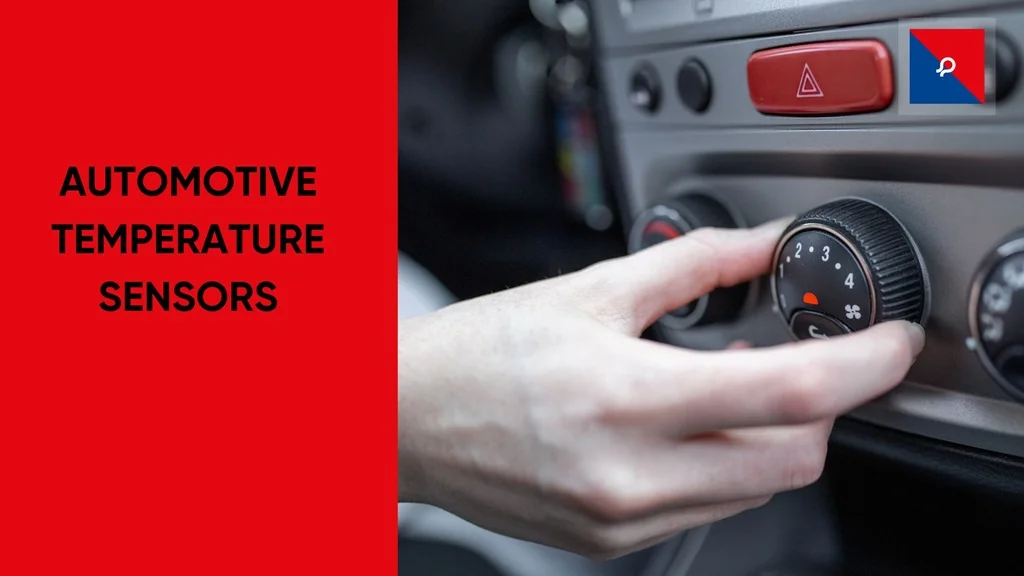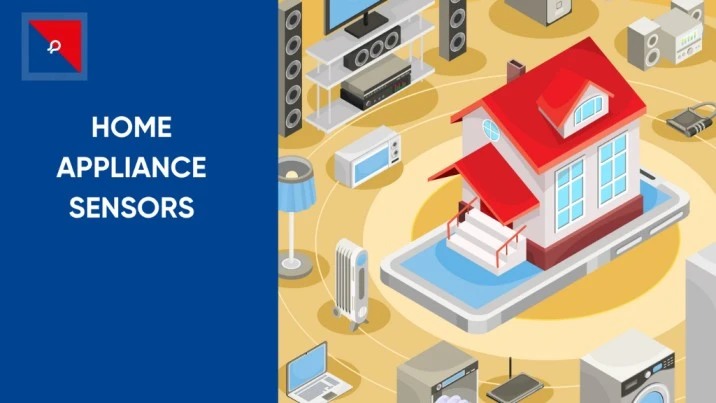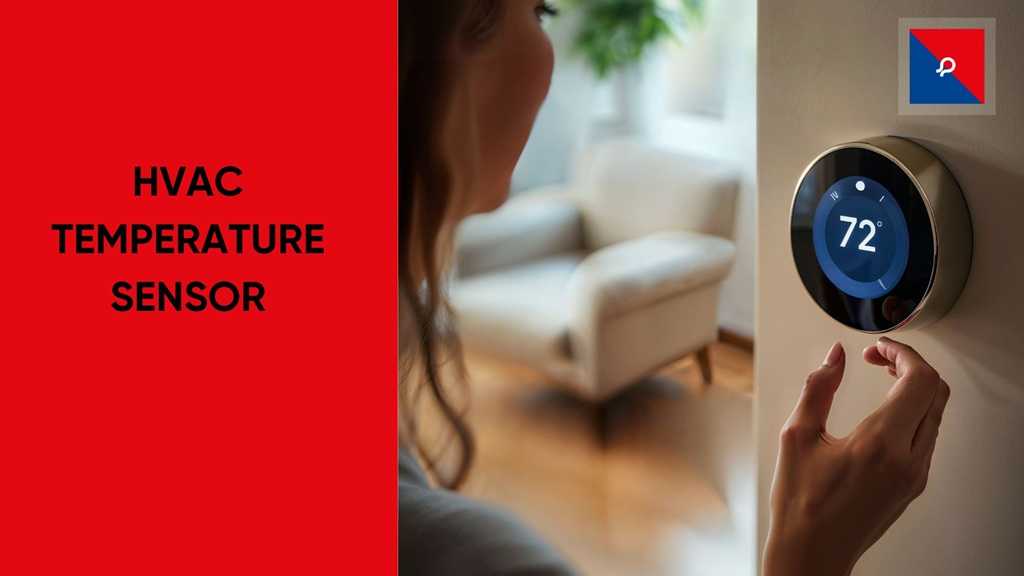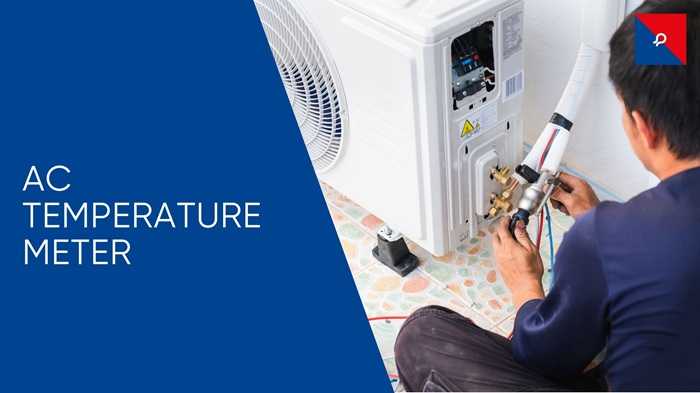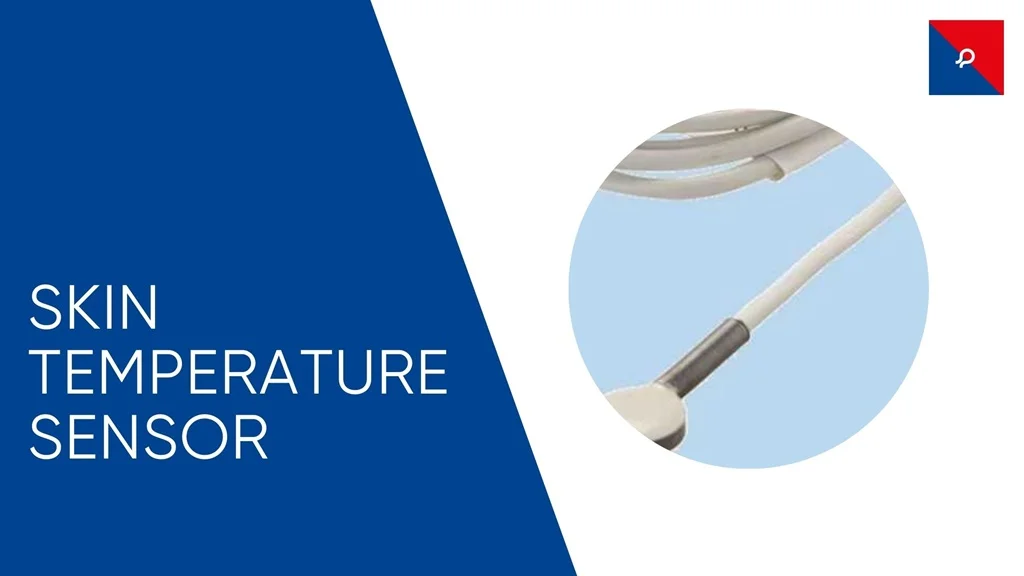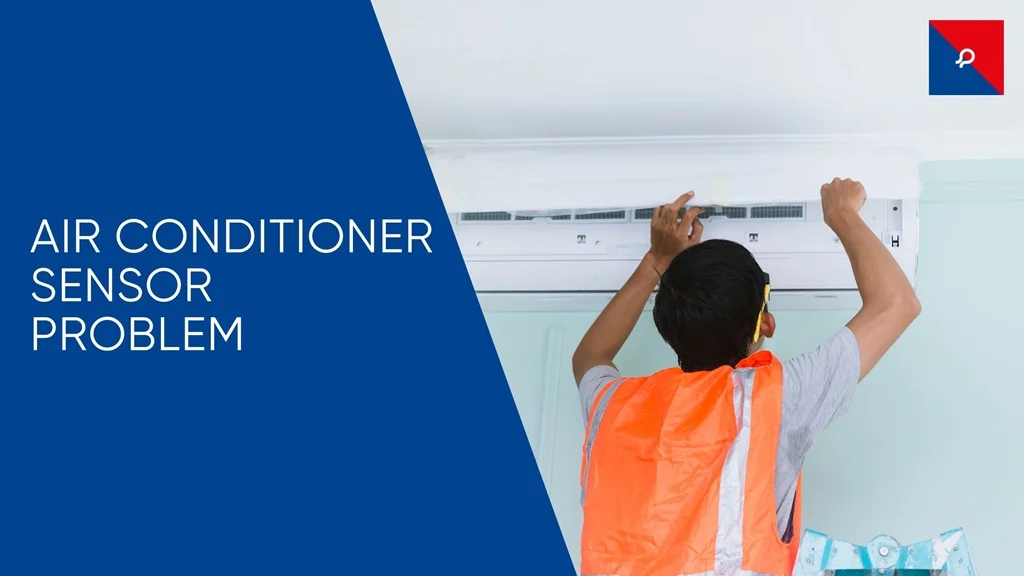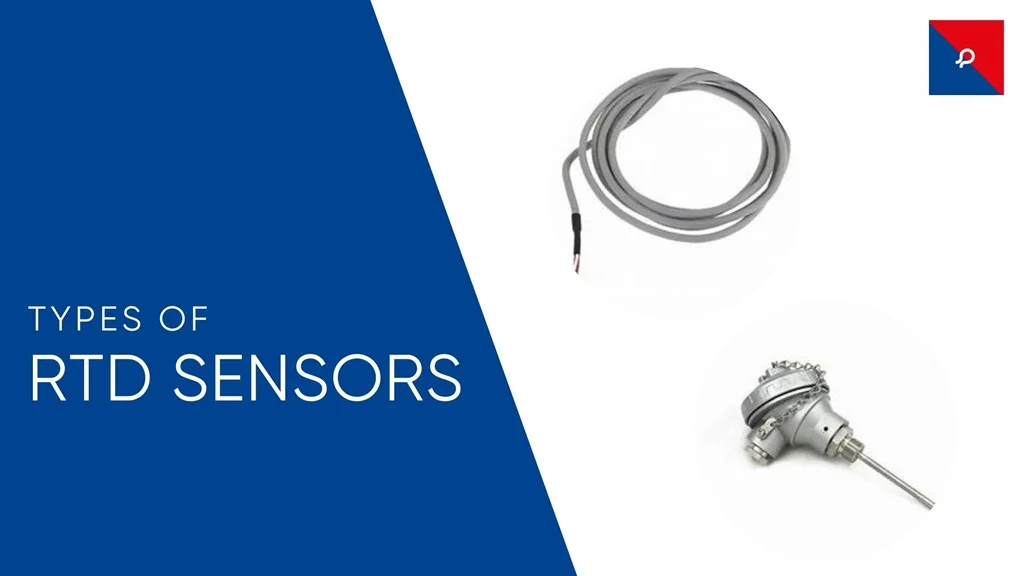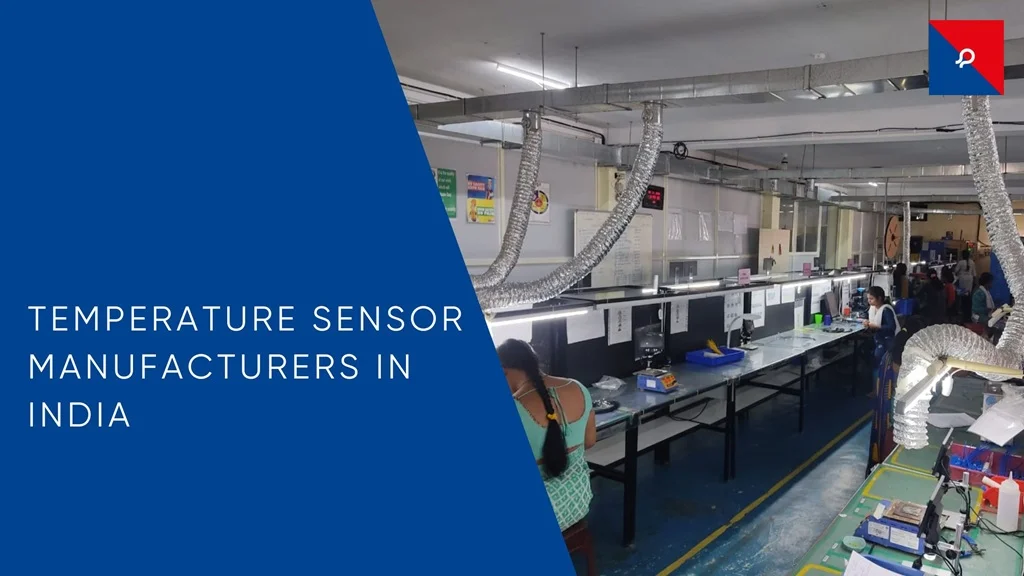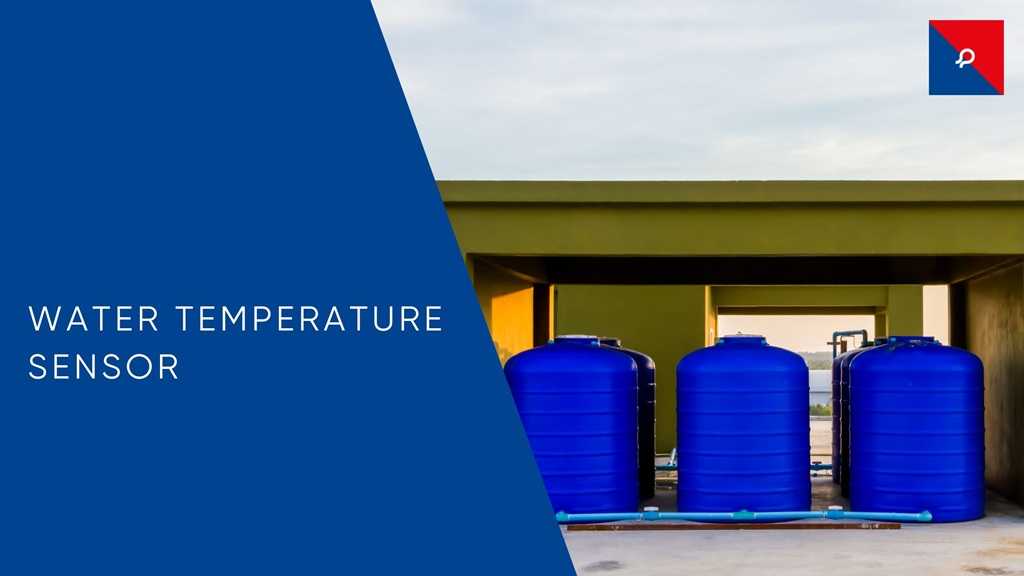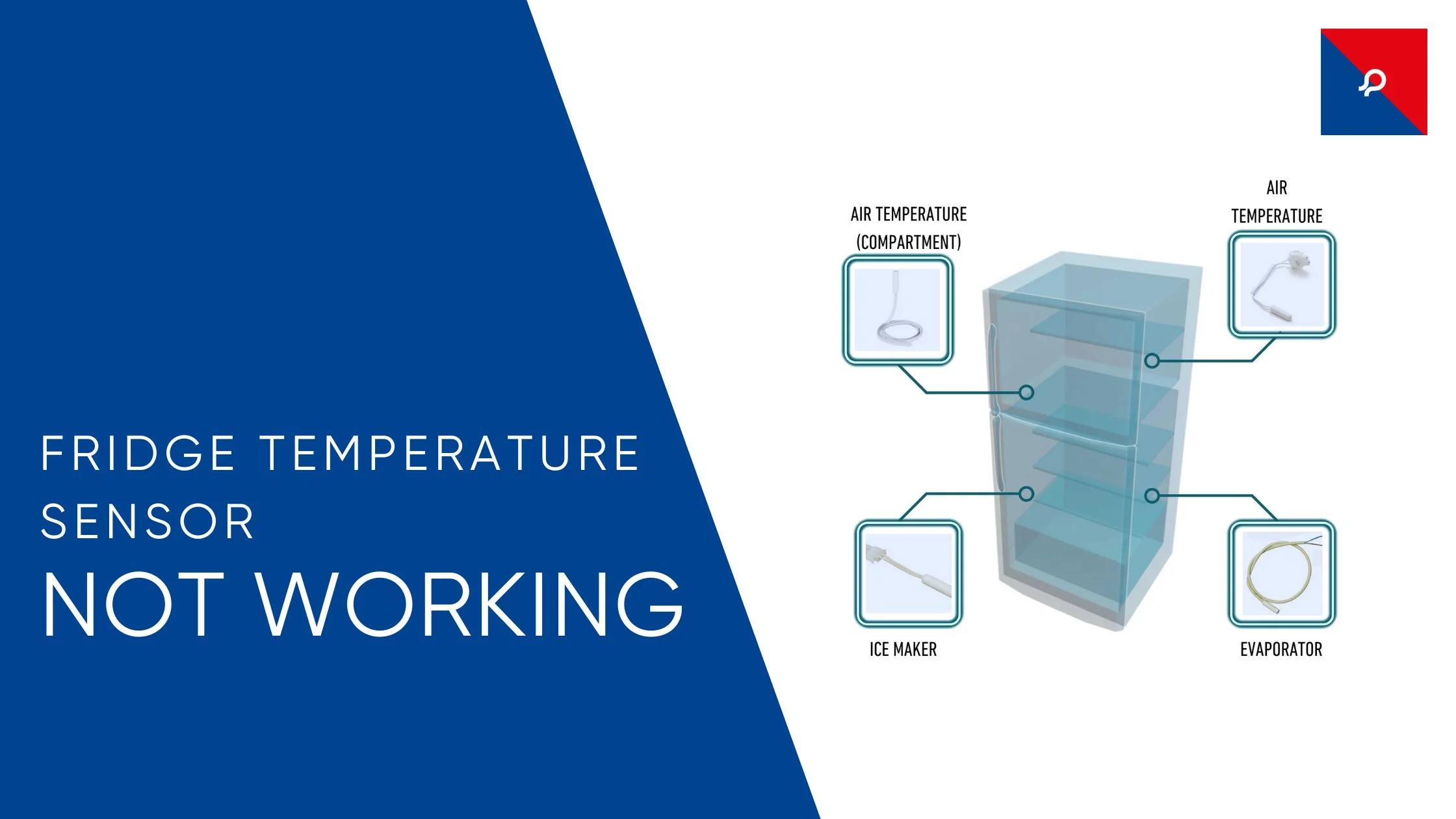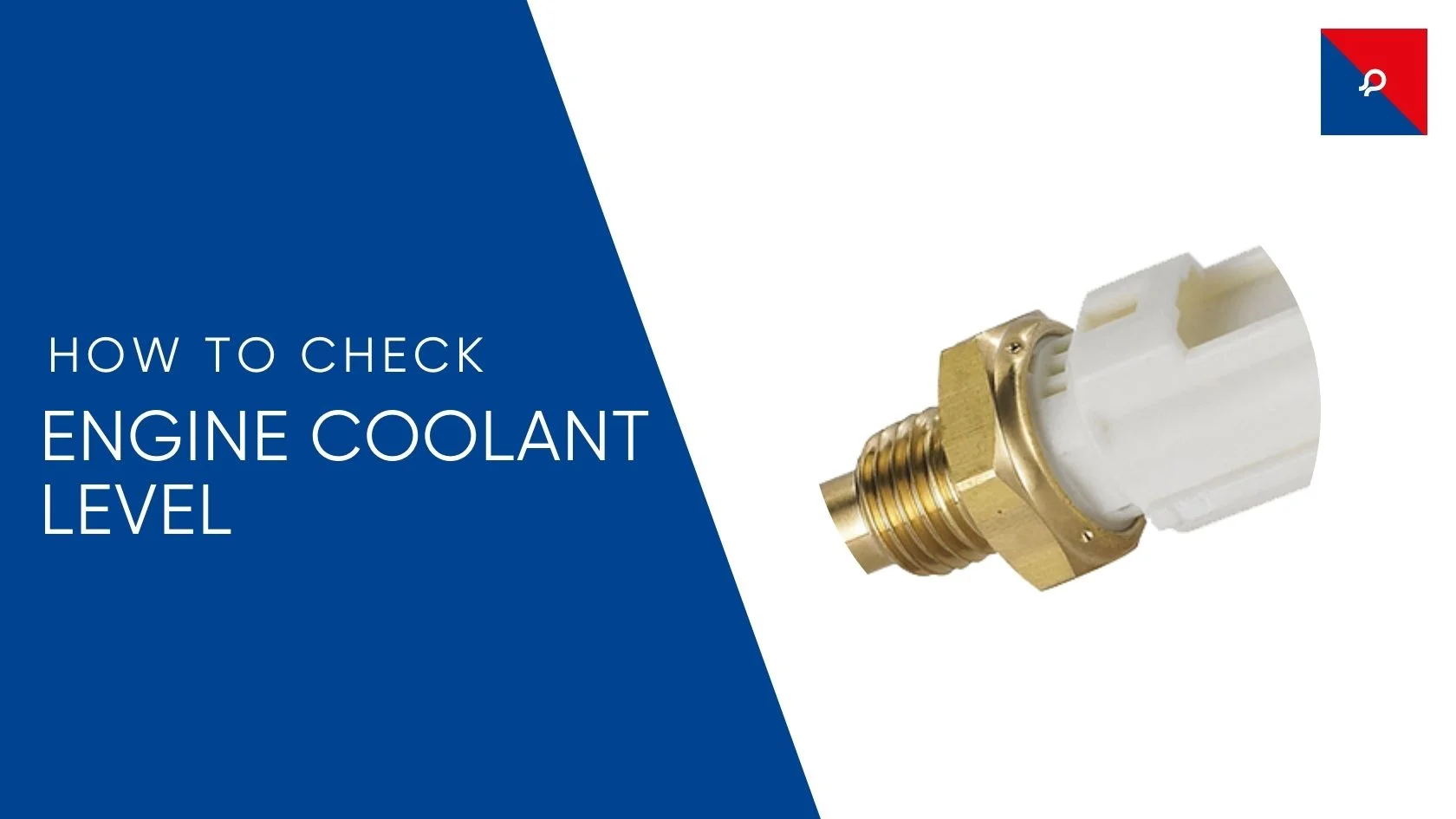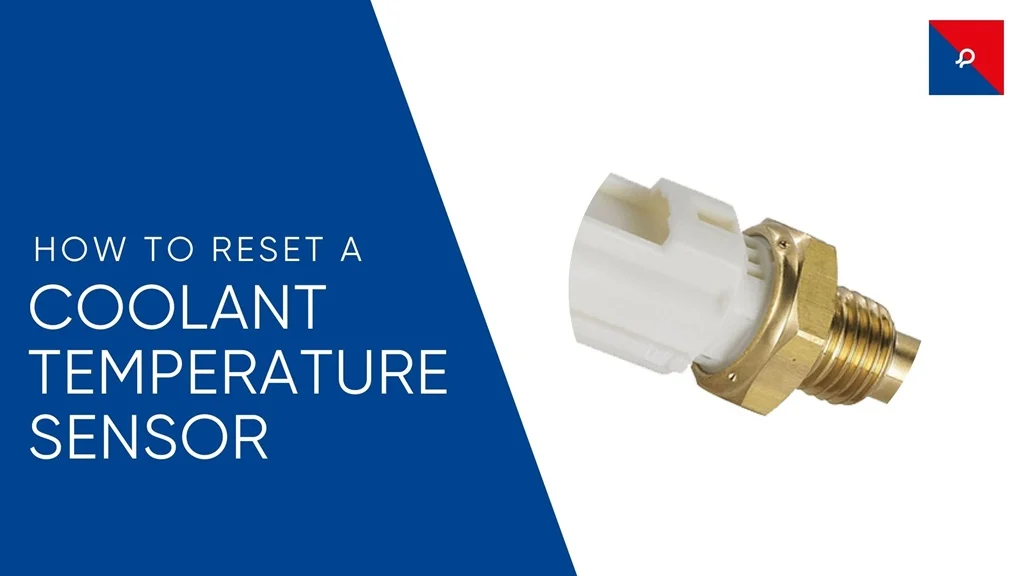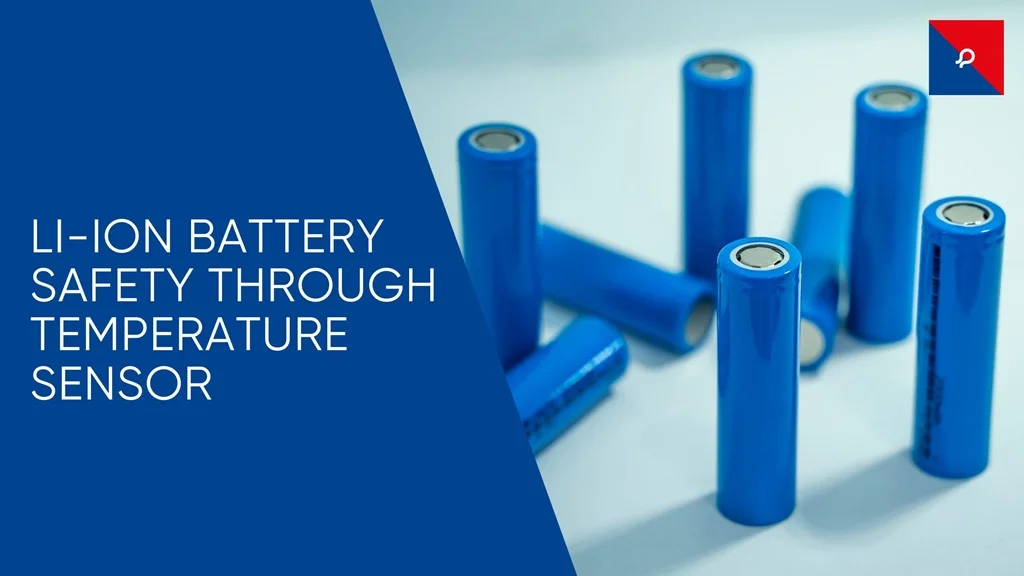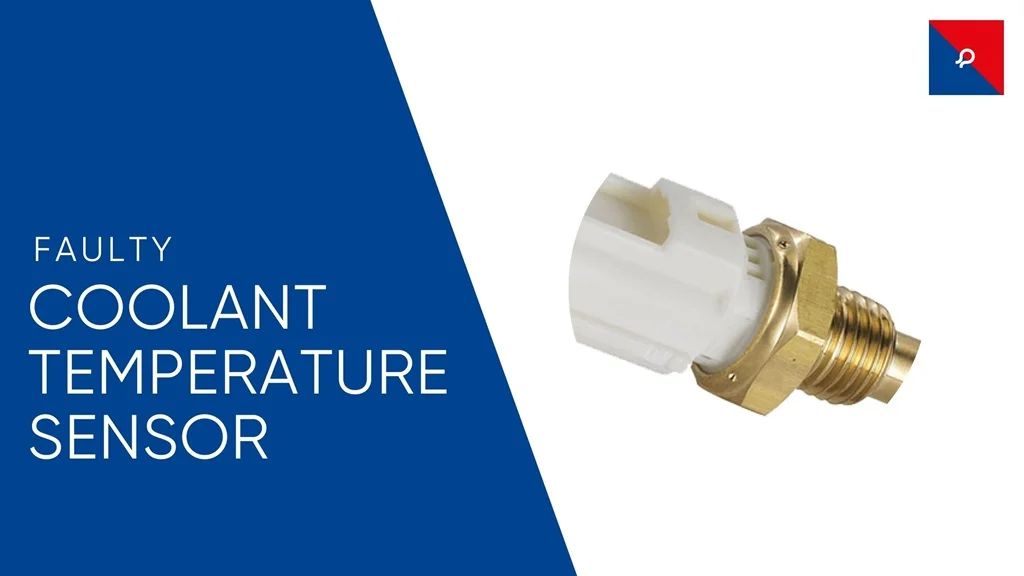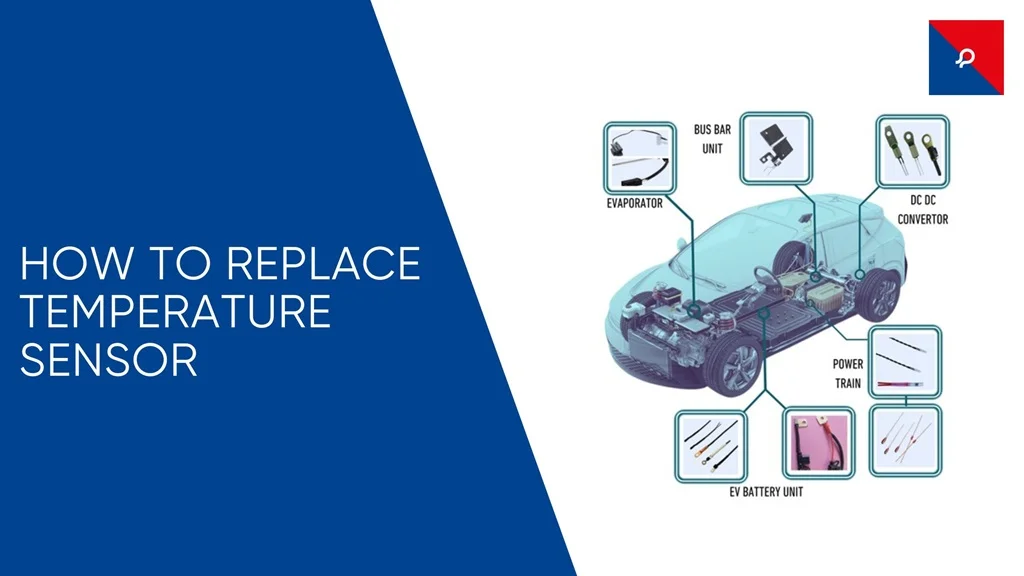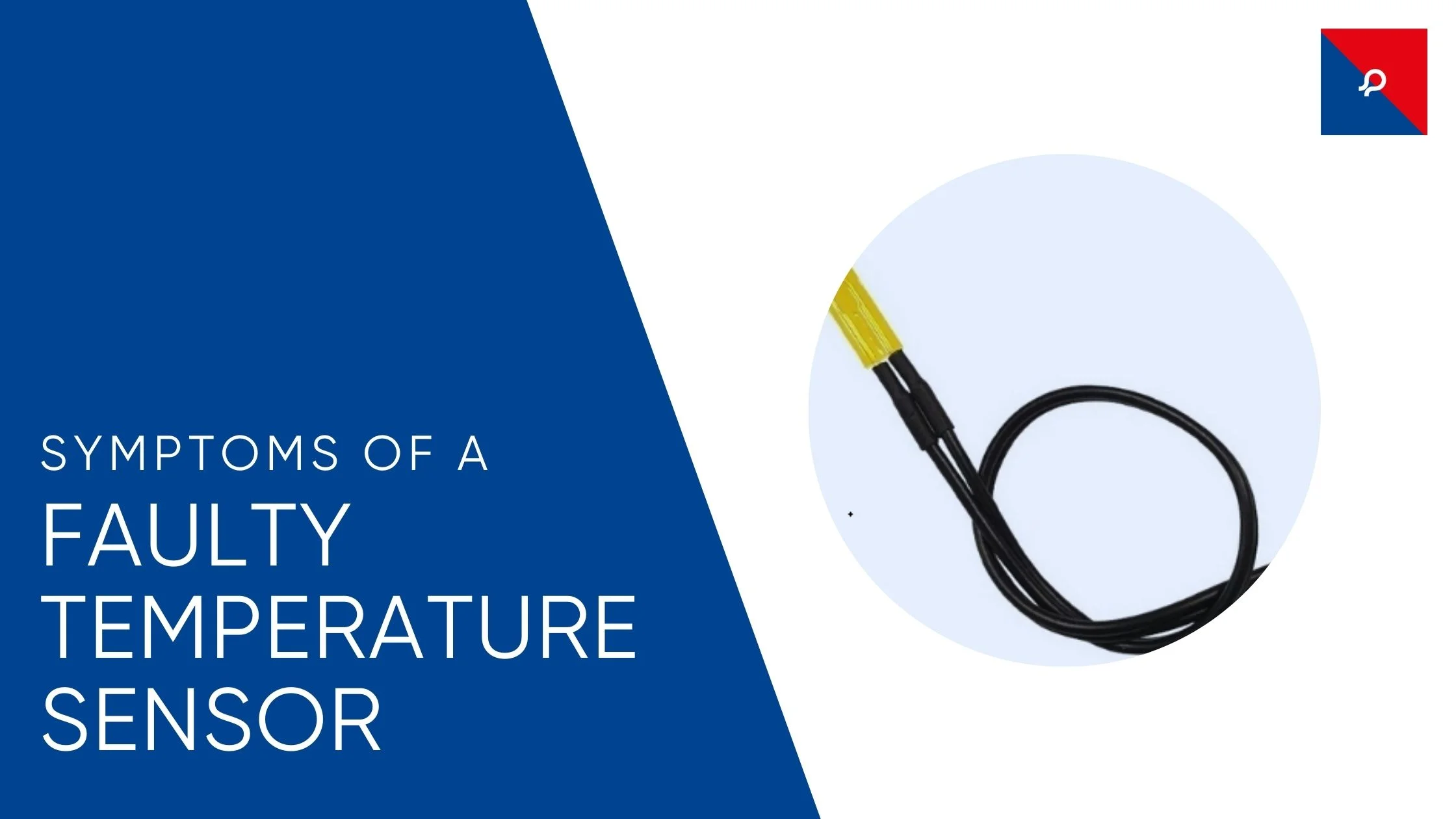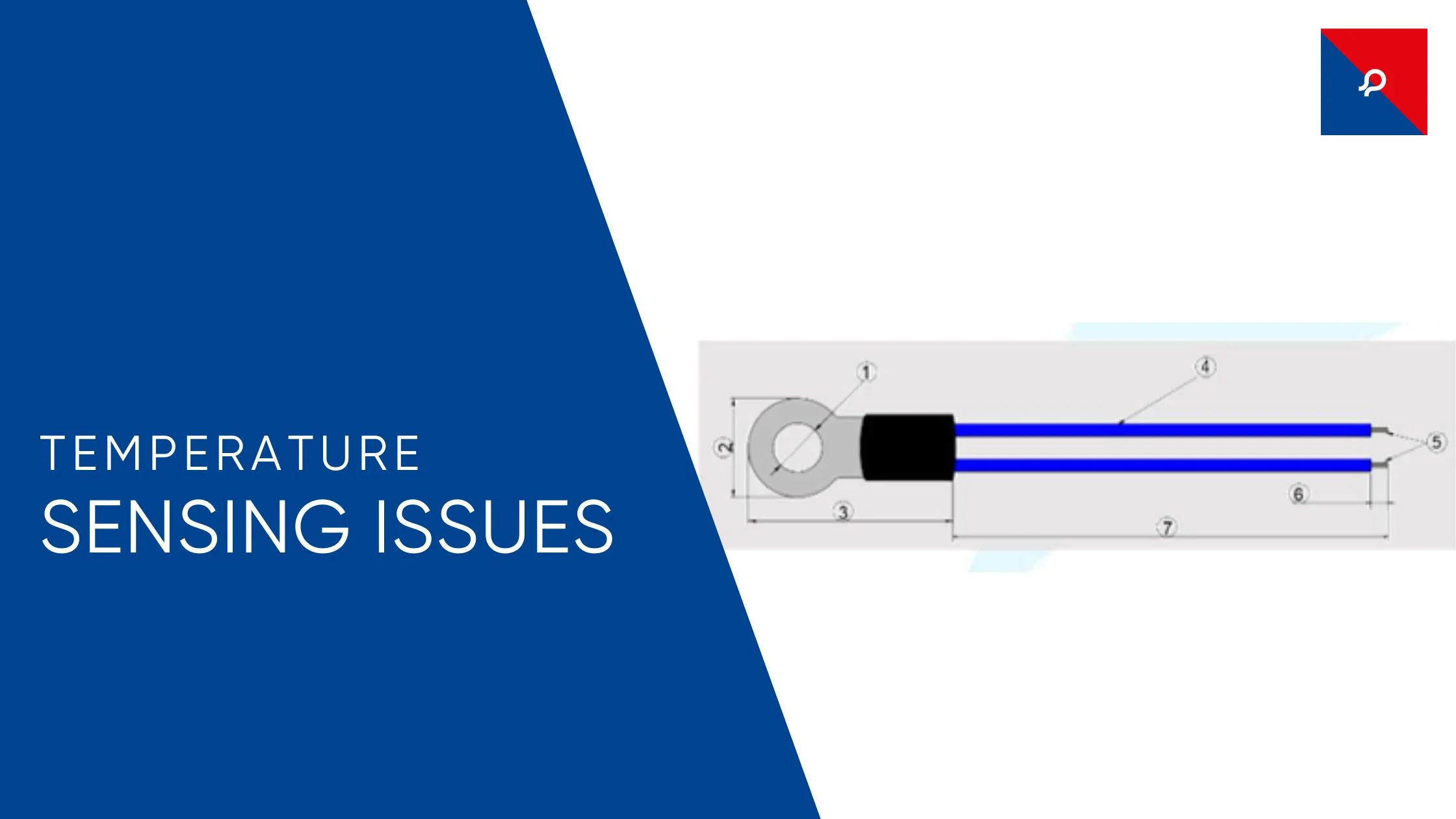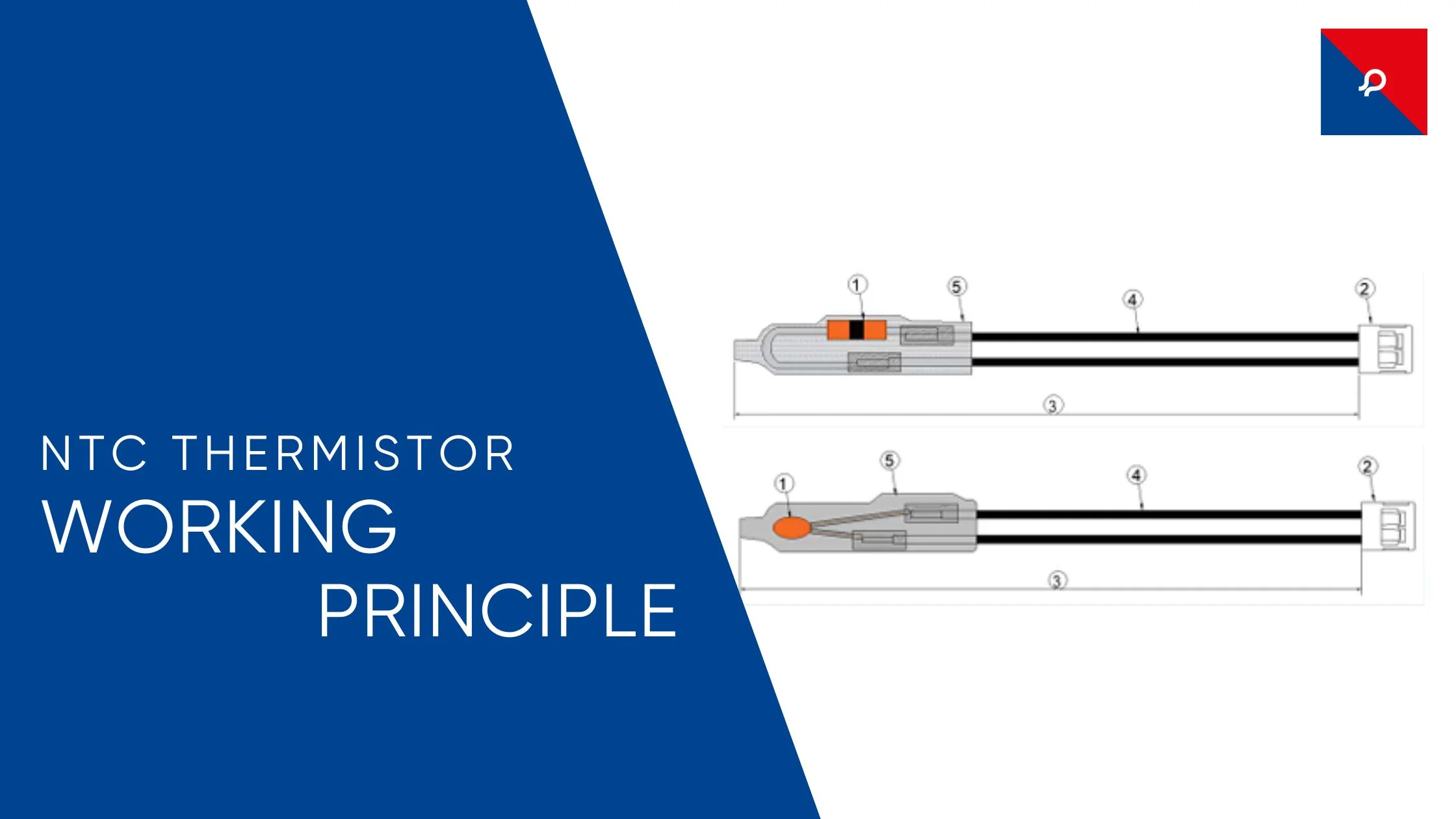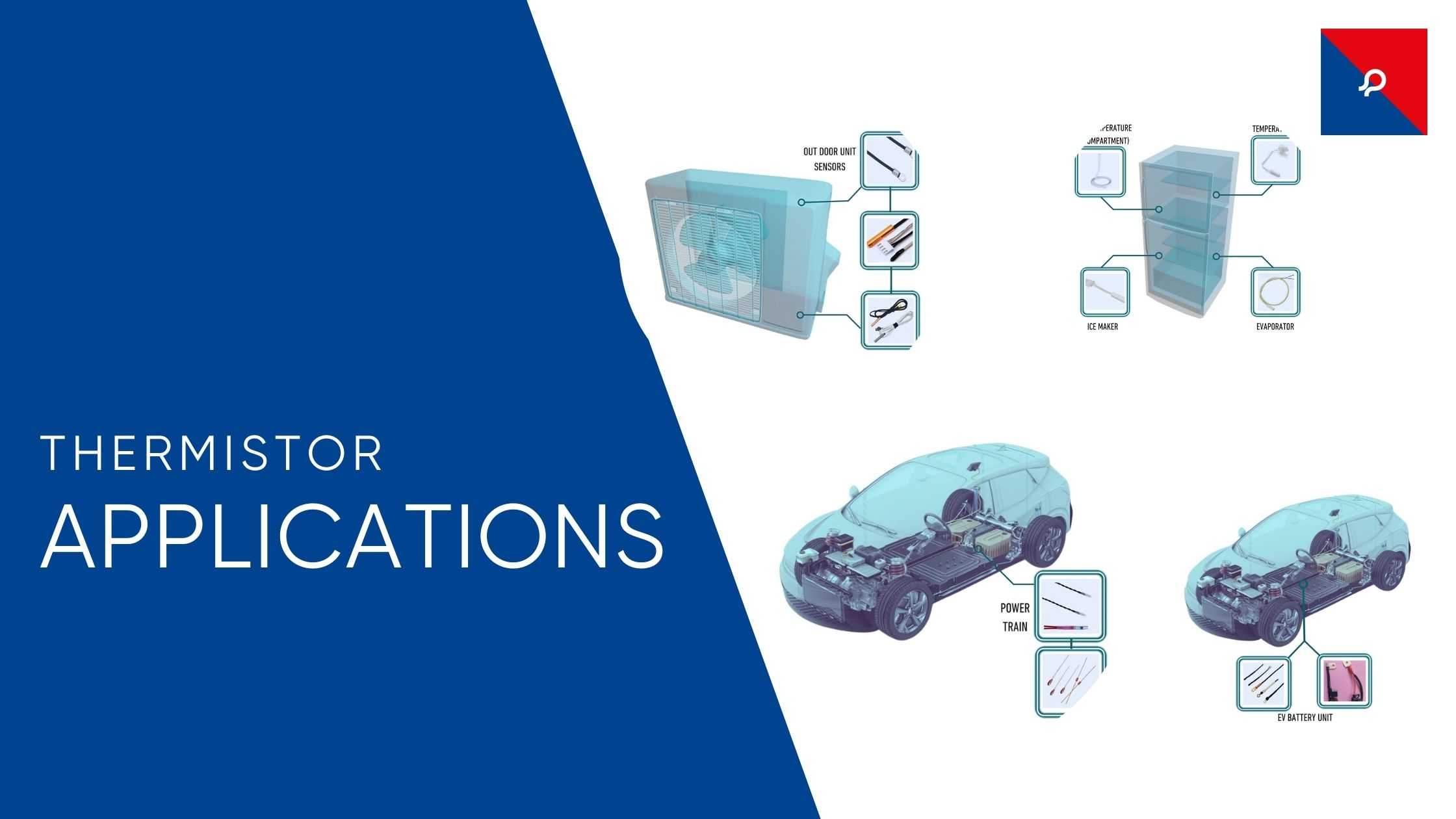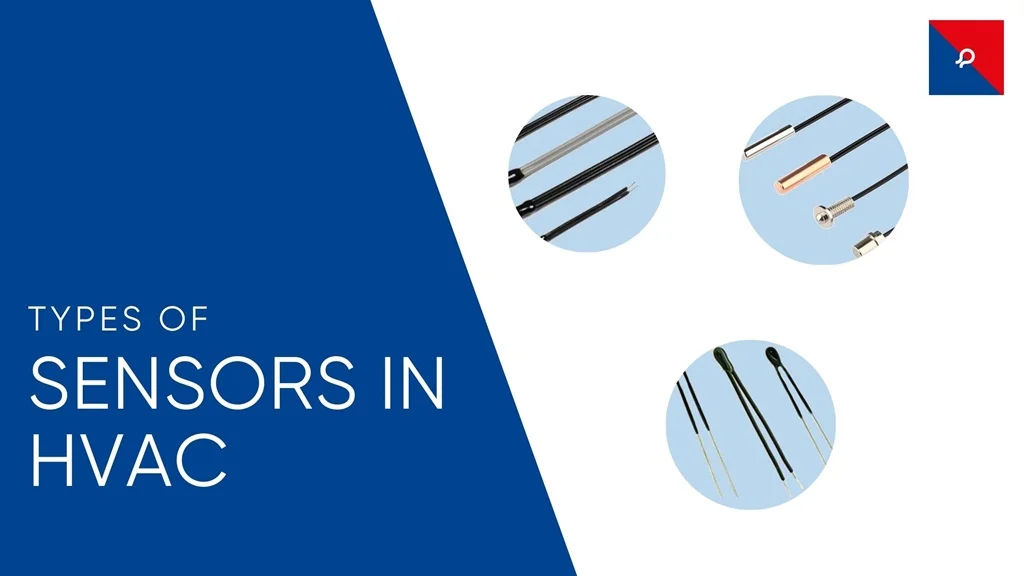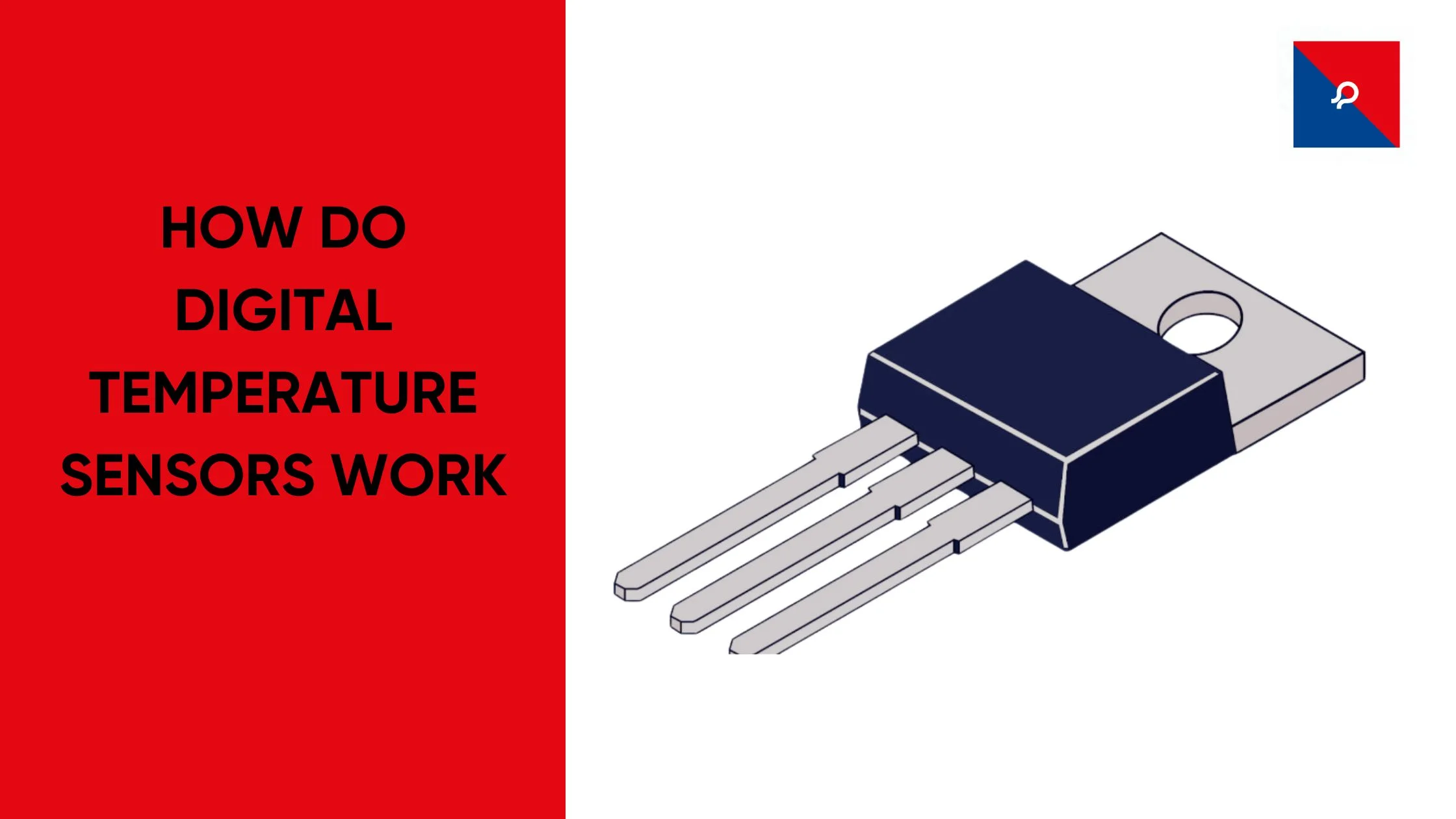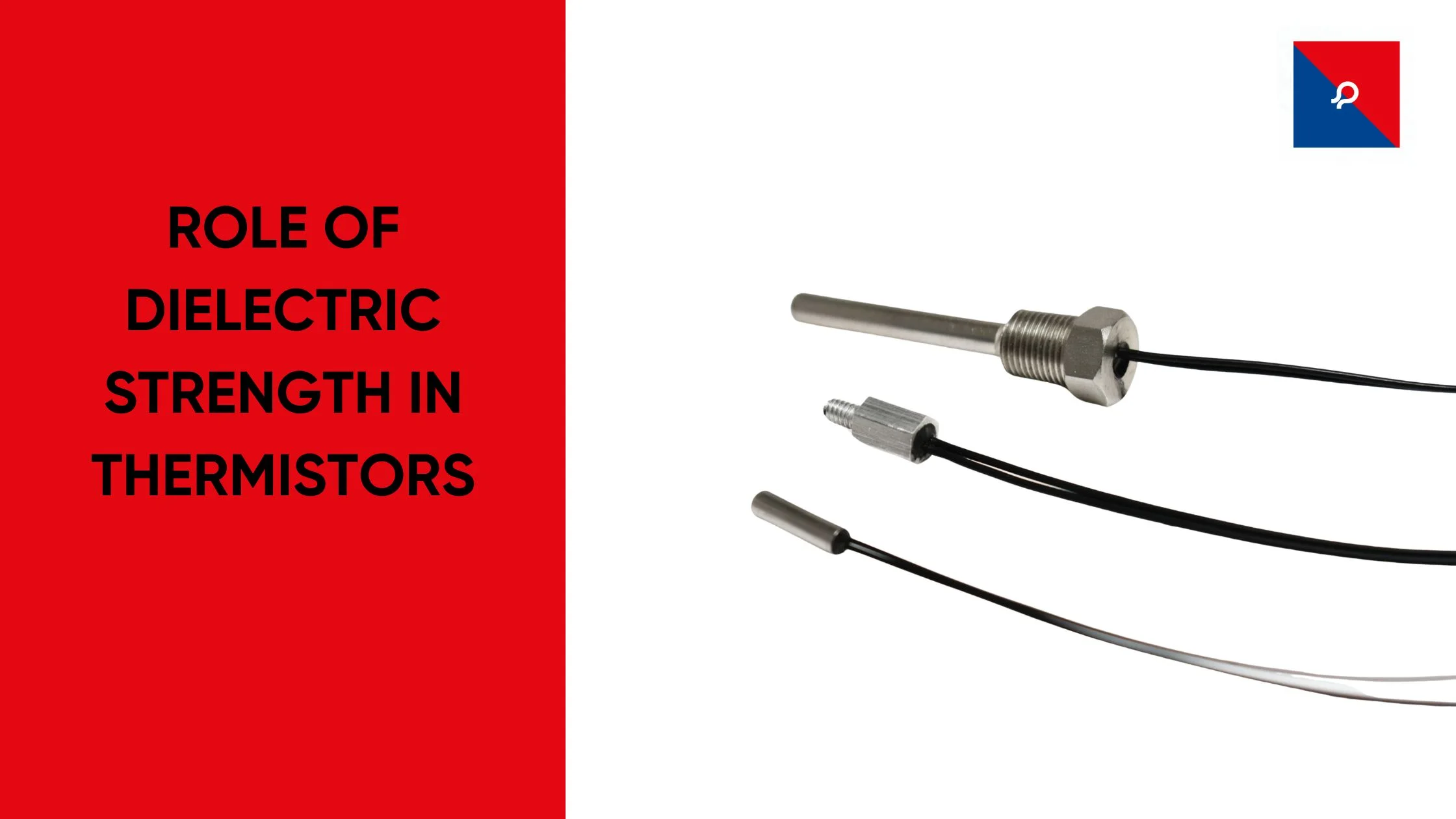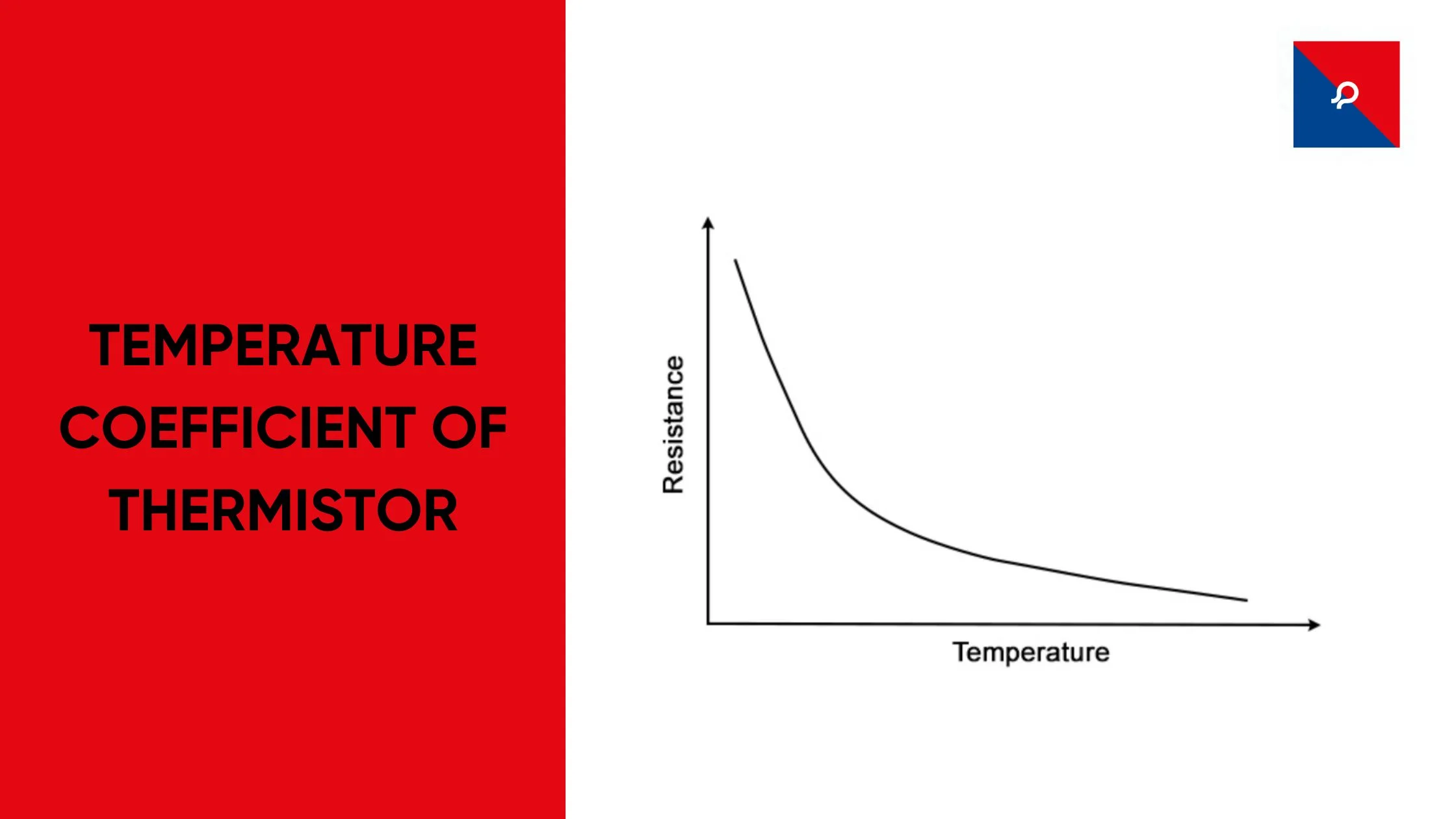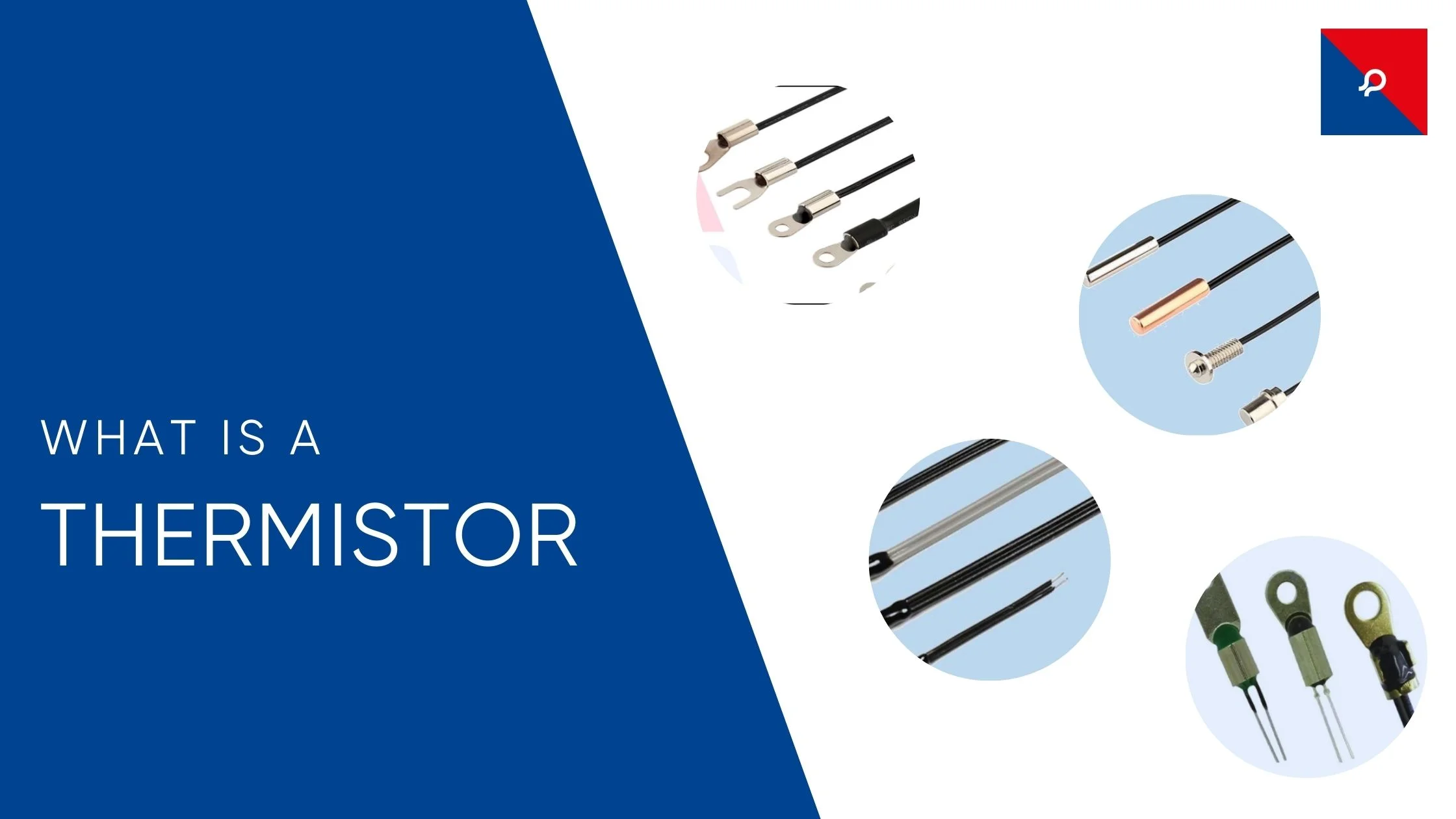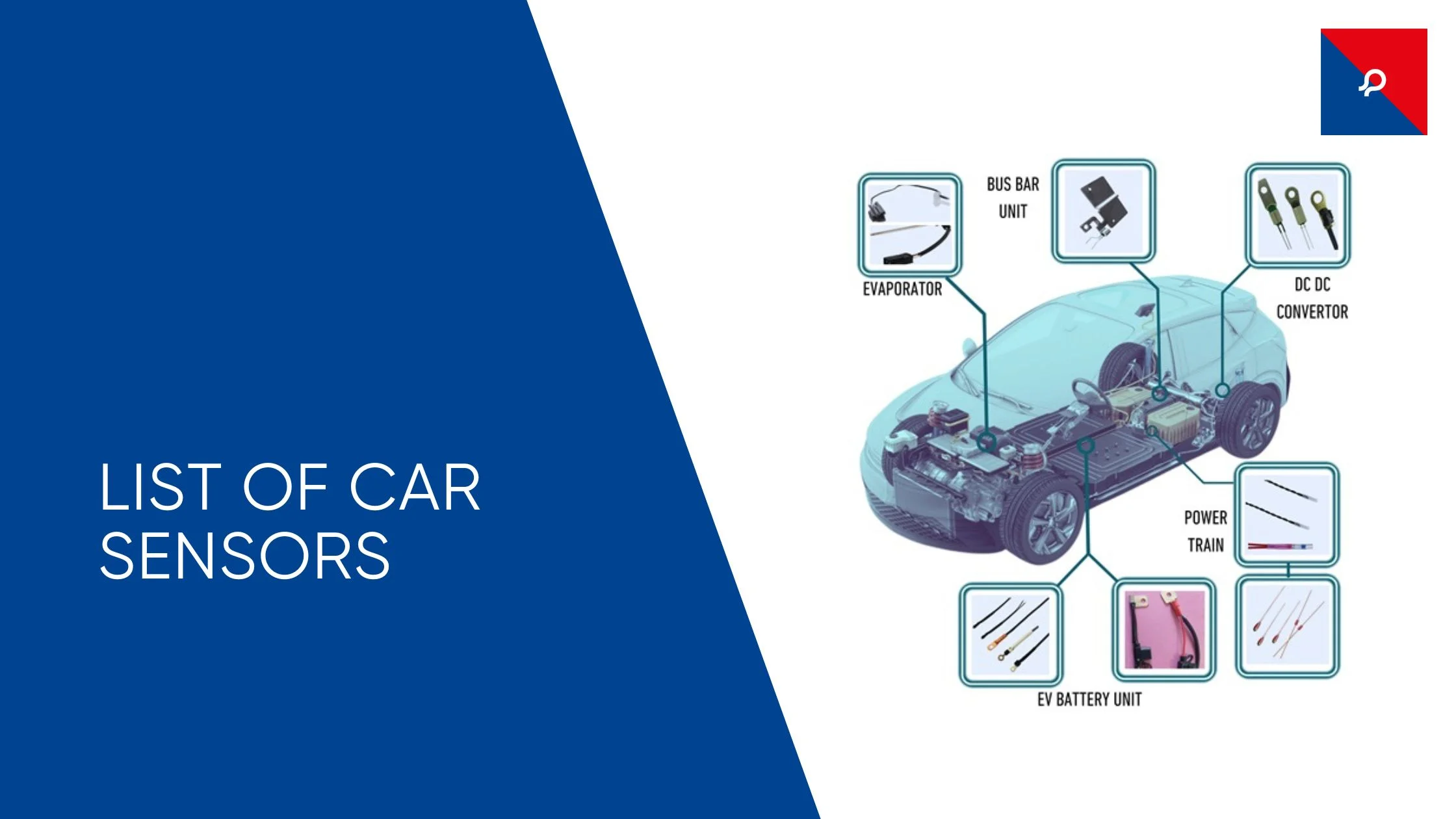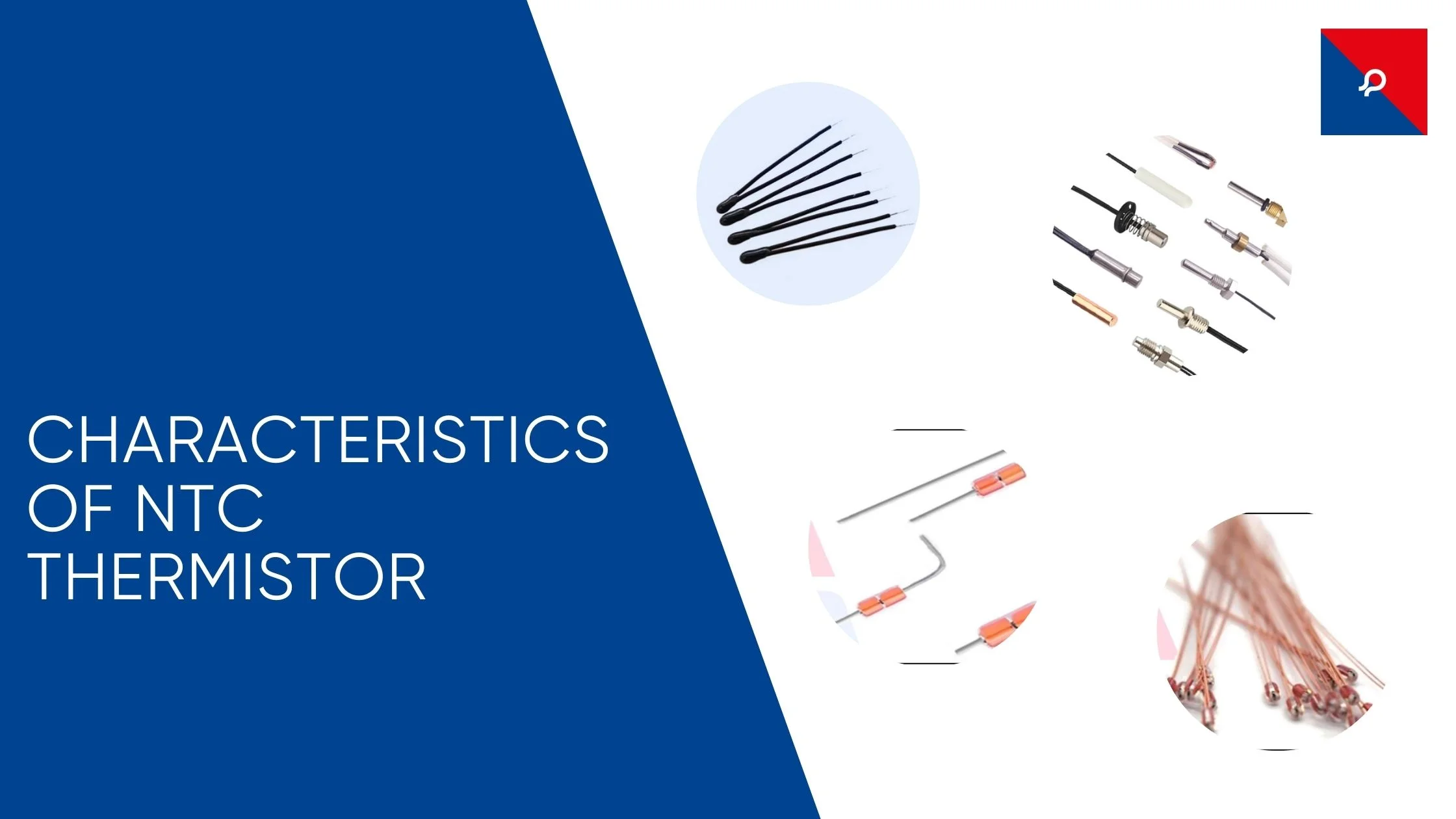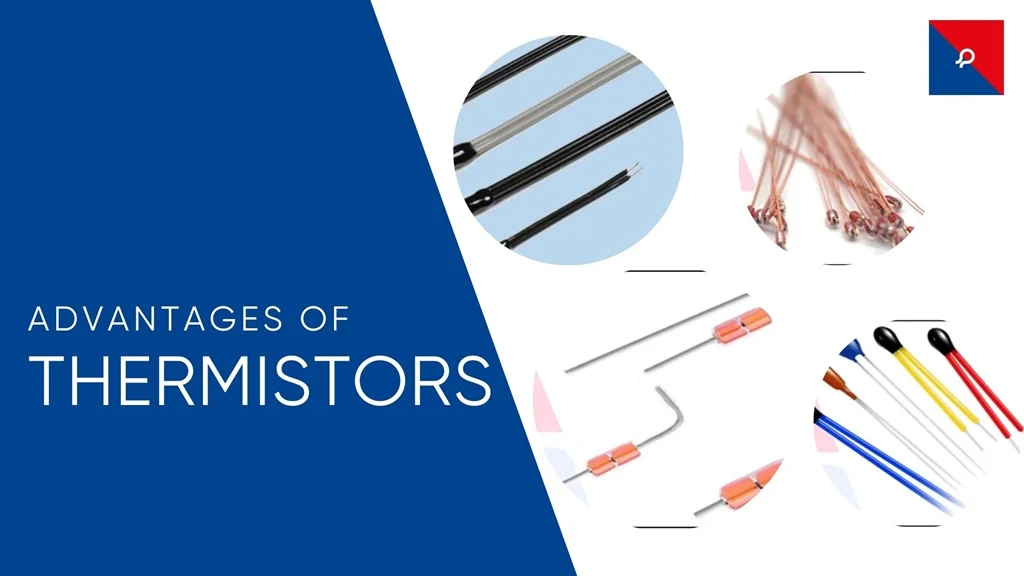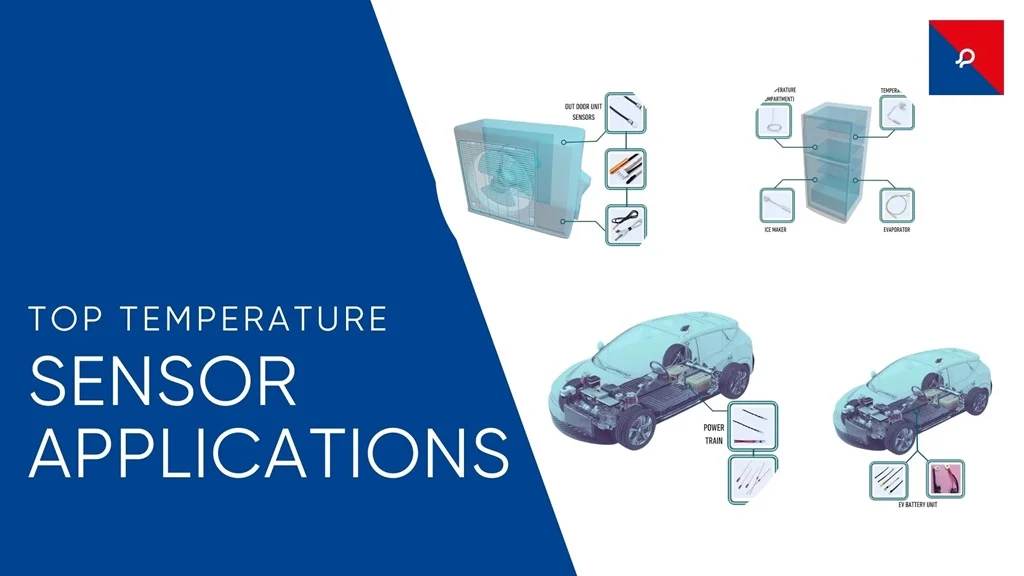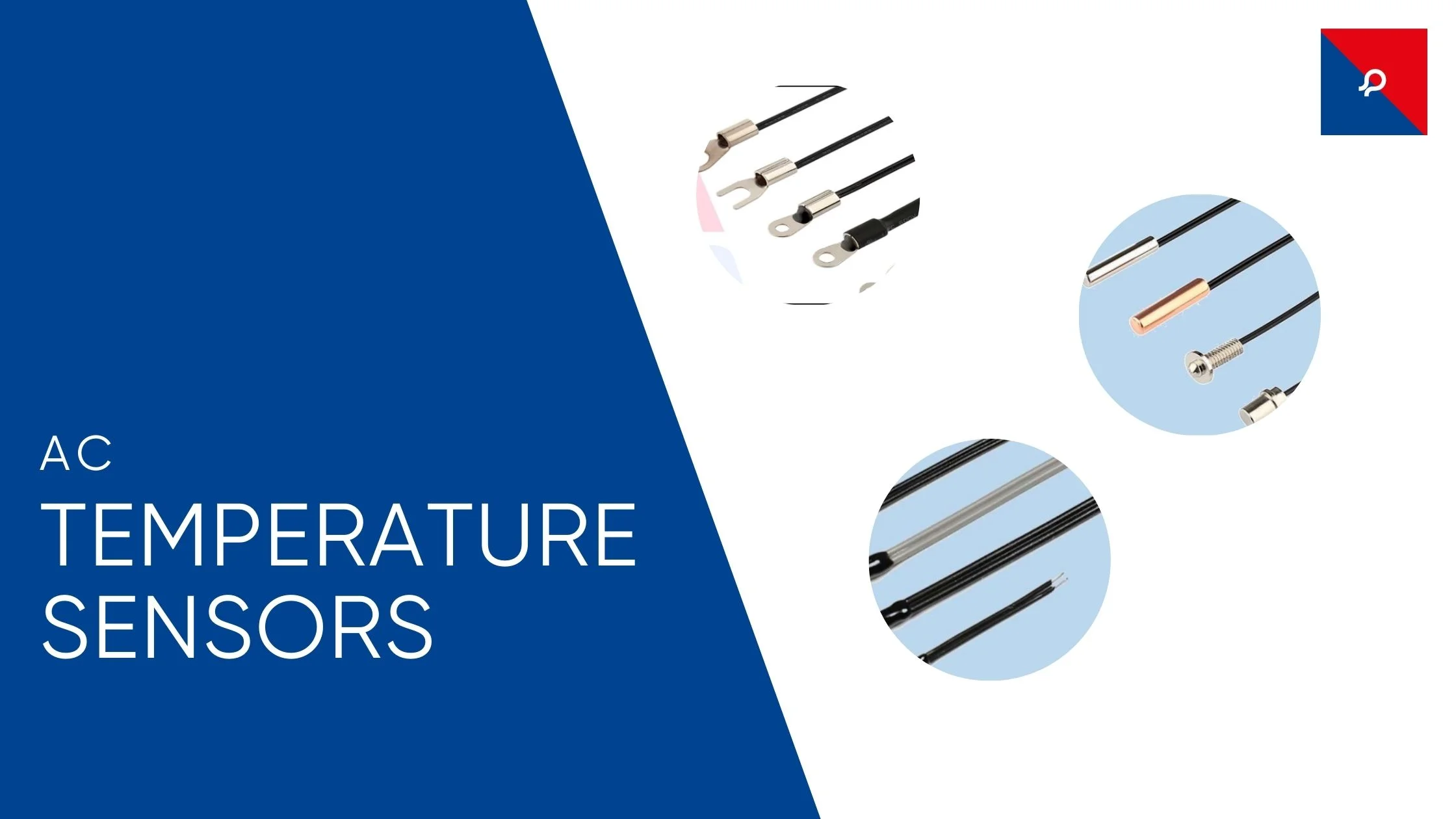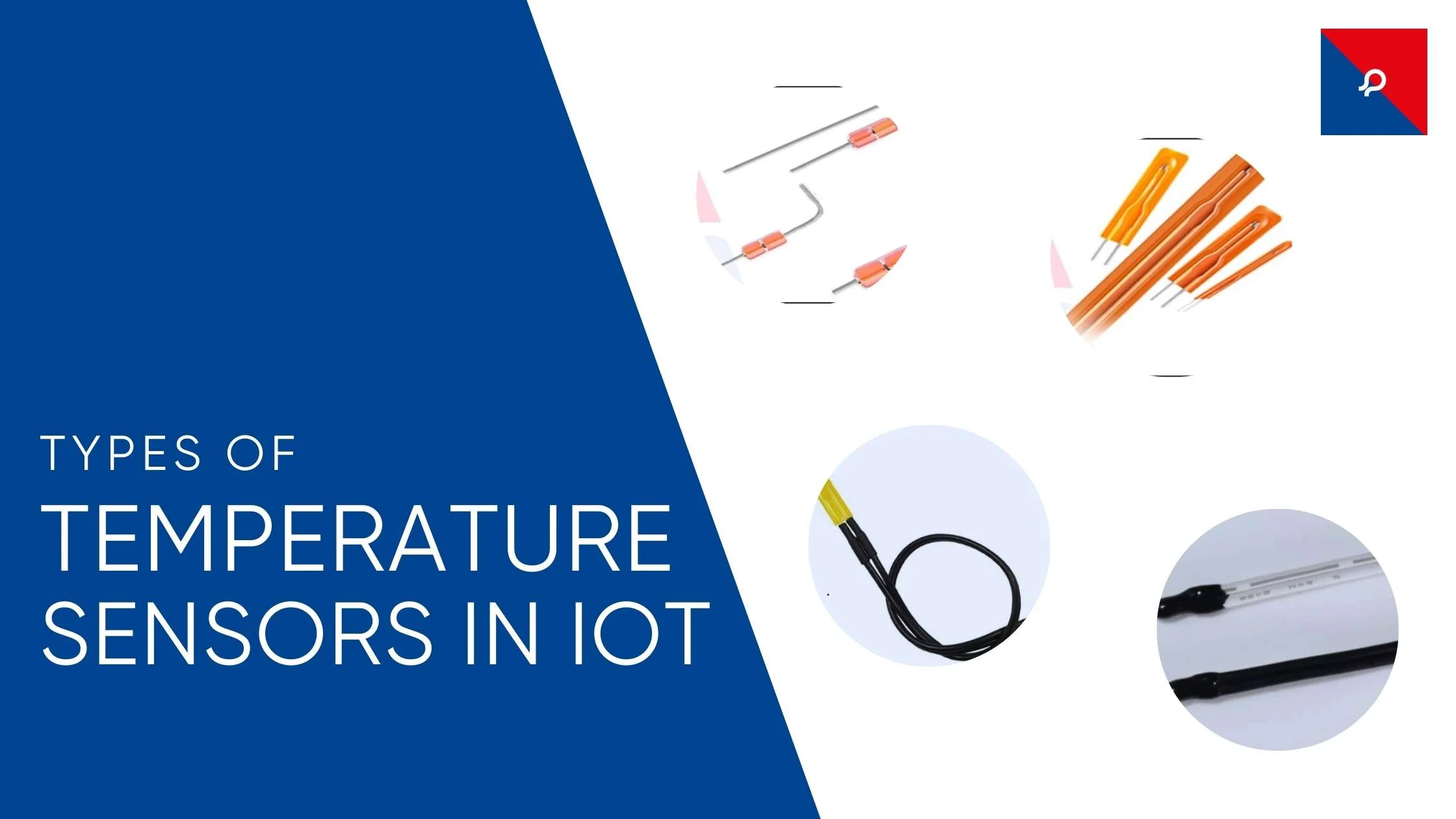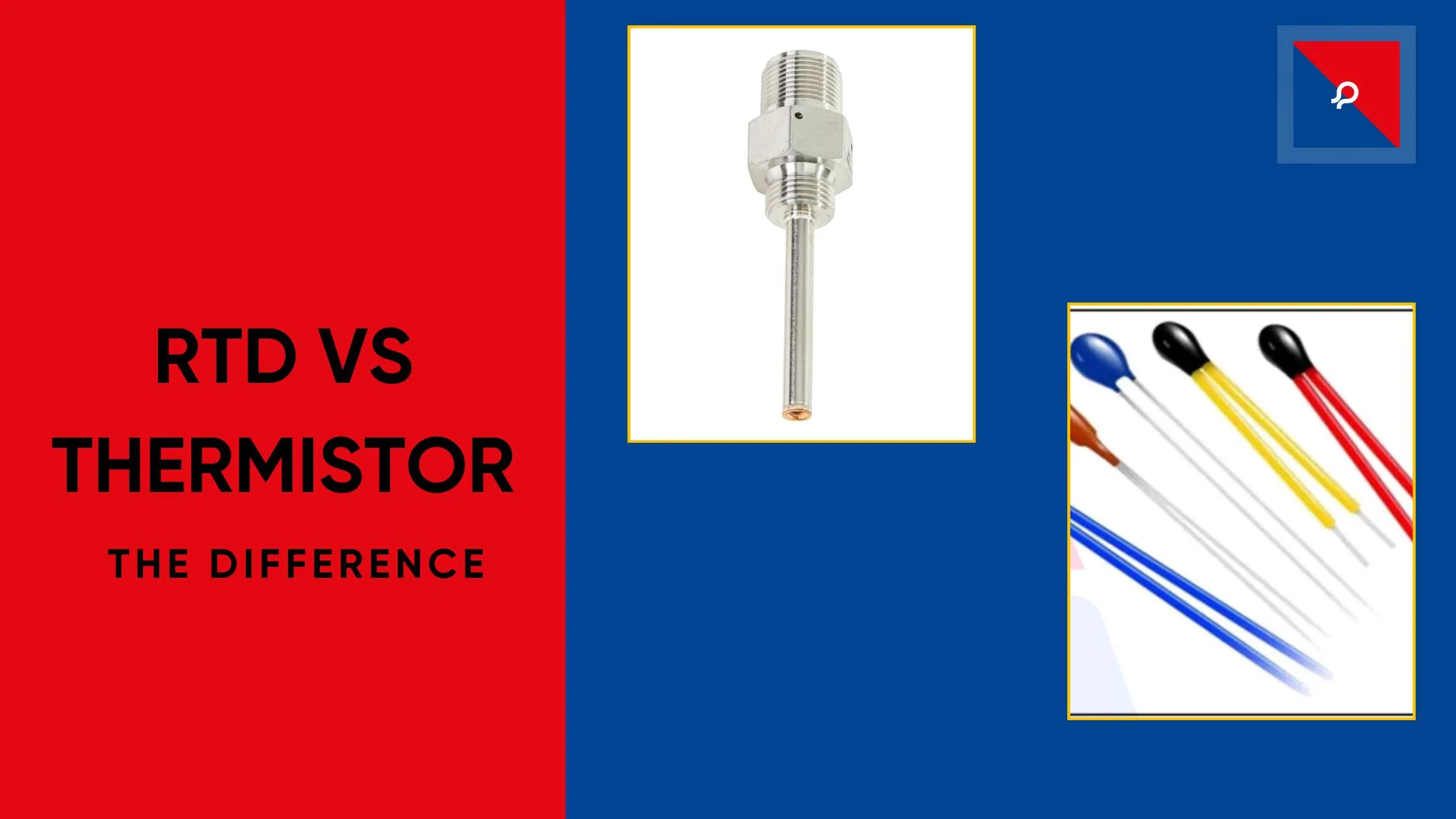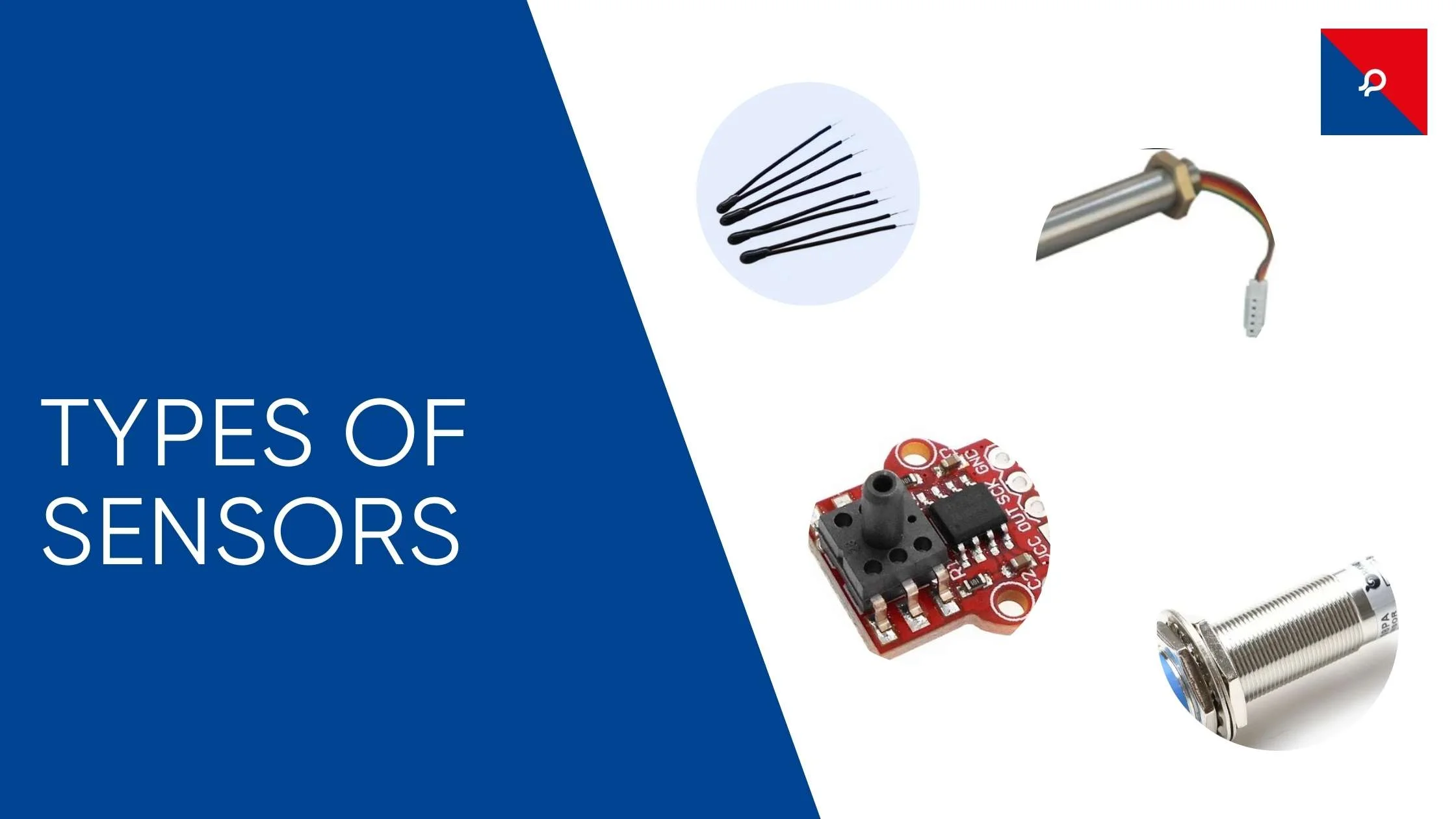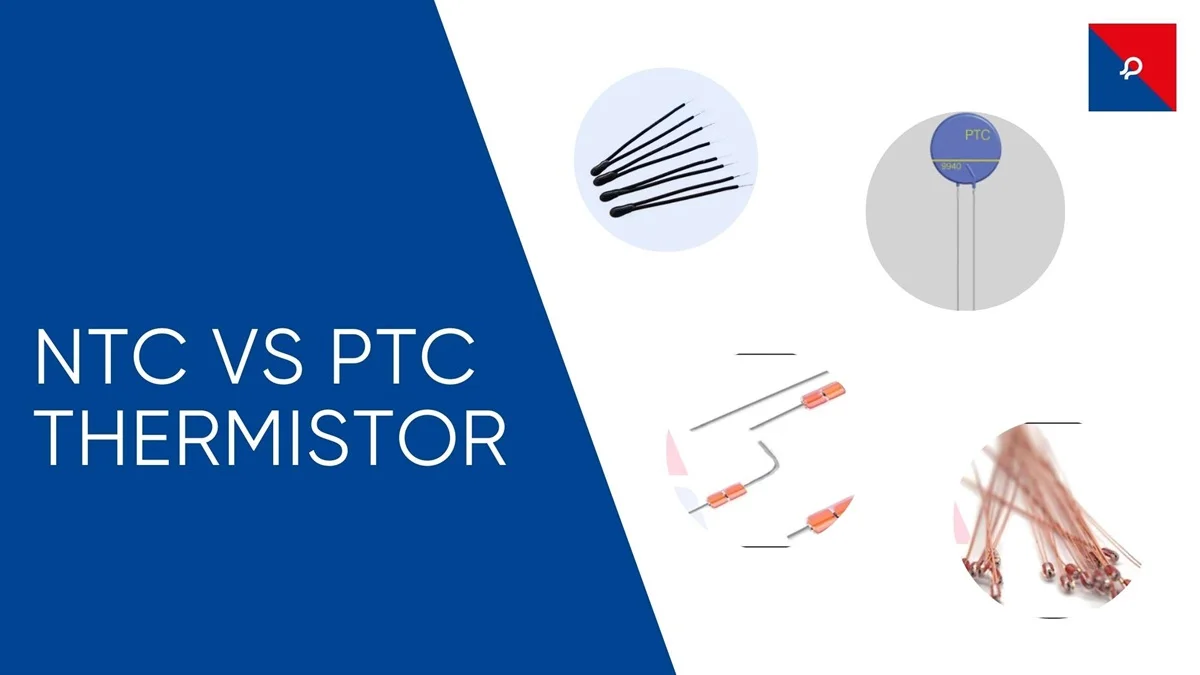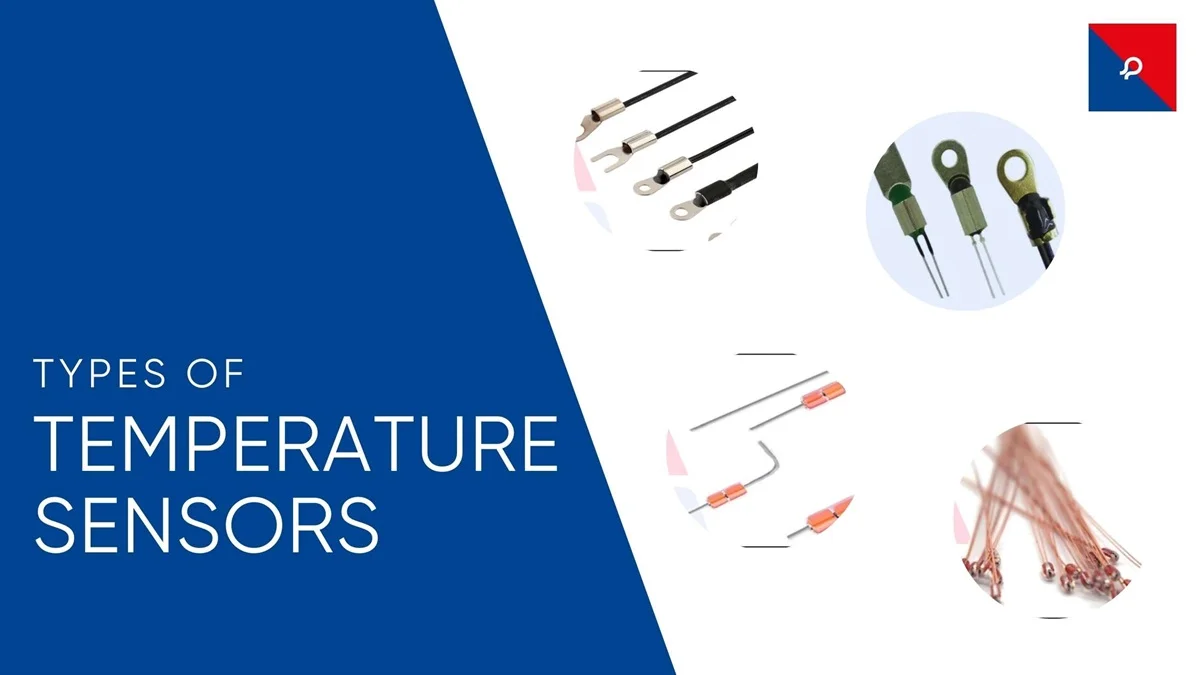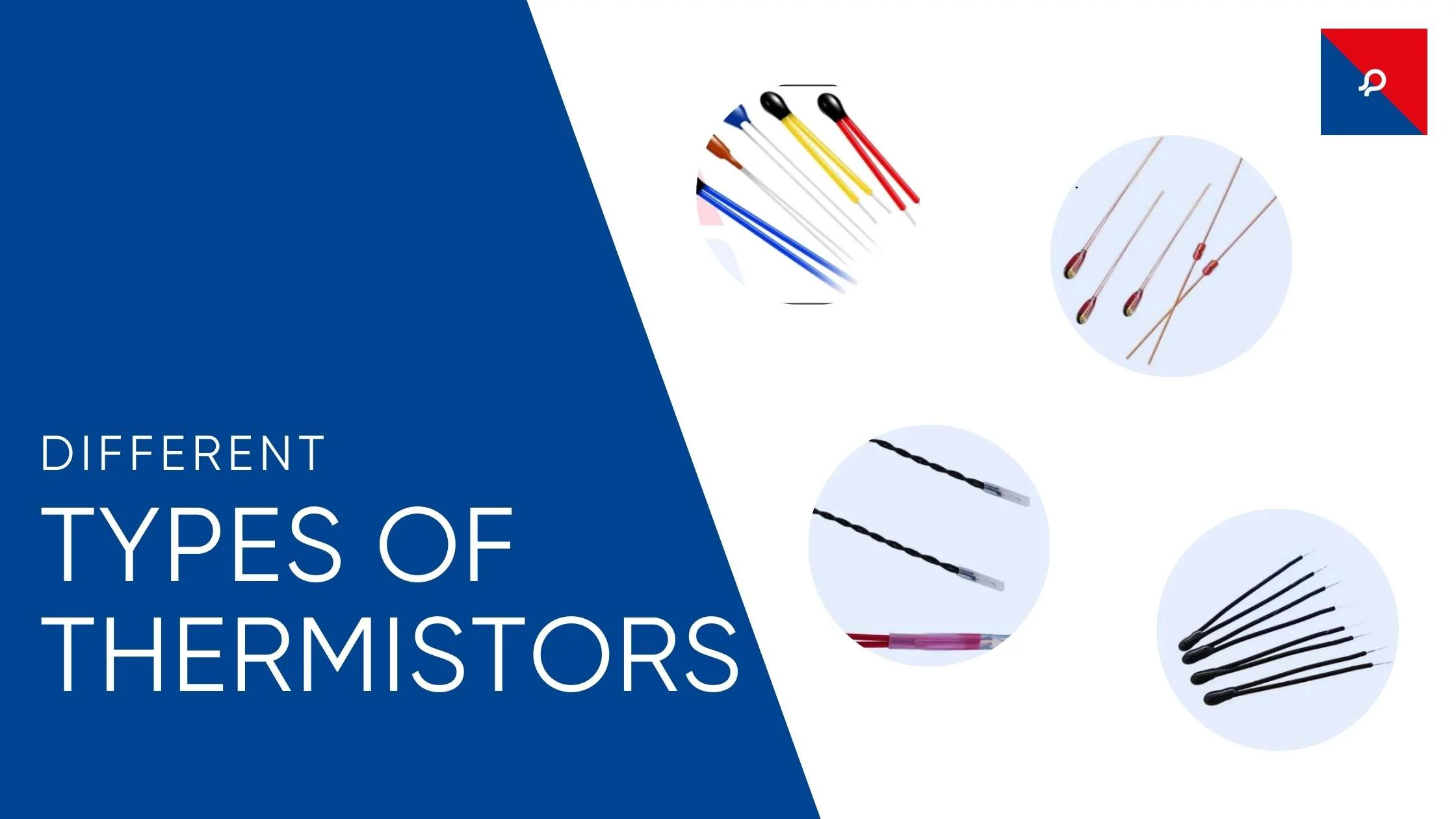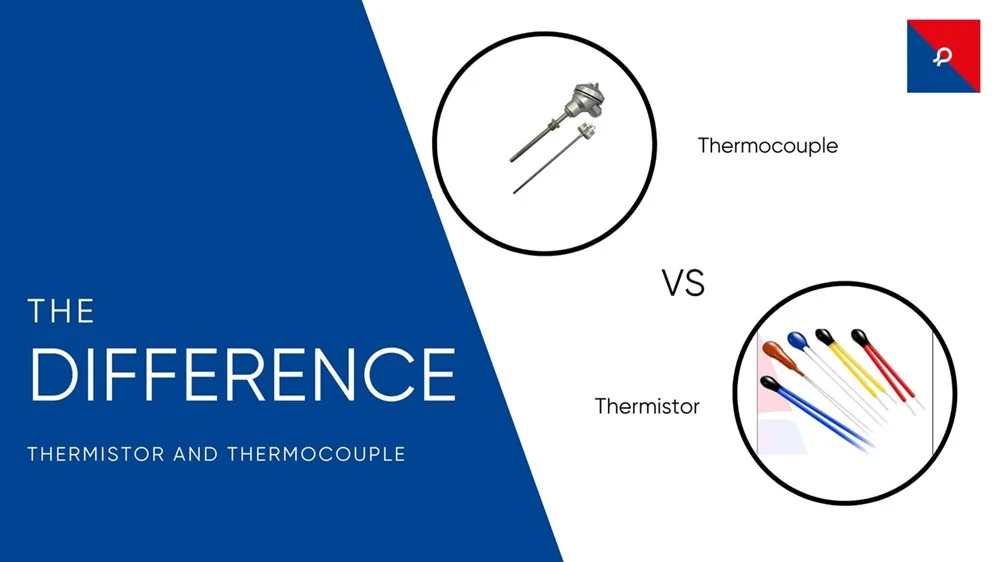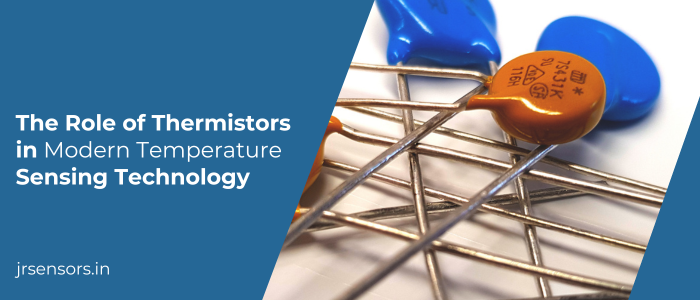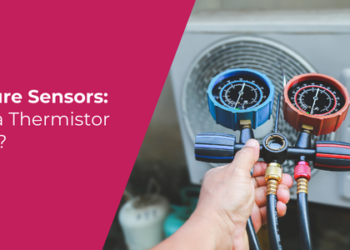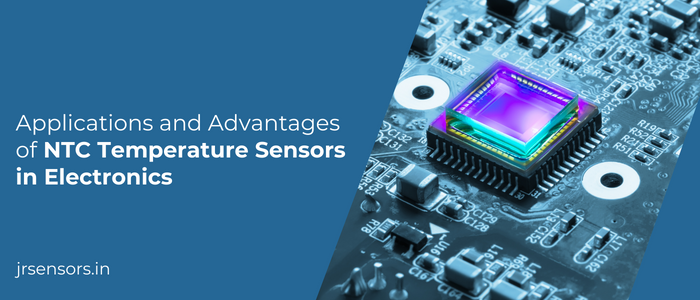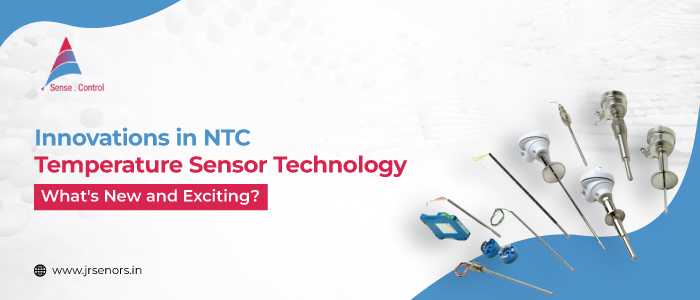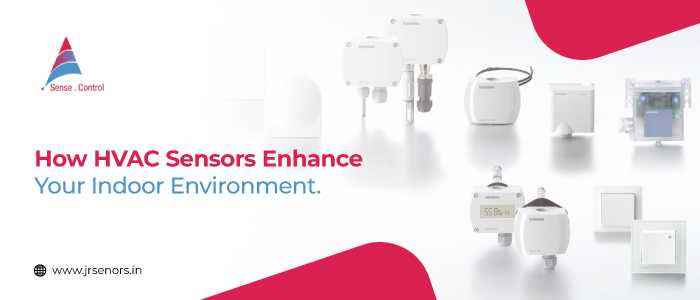Our Blogs
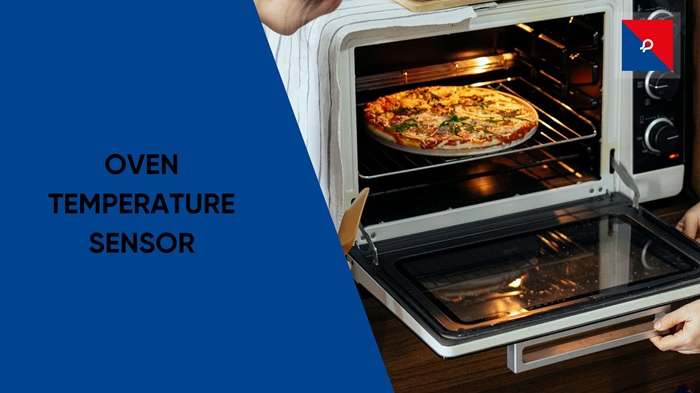
Burnt Biscuits? Blame the Sensor – The Hot Truth About Your Oven’s Temperature Troubles
If your oven’s cooking like it’s got a mind of its own, your temperature sensor might be the silent saboteur. From half-baked casseroles to scorched cookies, we break down how this little sensor works, why it matters, and how to fix it—without losing your cool (or your dinner). A fun, practical guide that’s just as useful as it is digestible.

Hot Stuff: Why Your Engine Can’t Live Without an Exhaust Temperature Sensor
Think exhaust sensors are just another car part? Think again. These tiny guardians track fiery exhaust temps, protect turbos, keep emissions in check—and even help you pass that dreaded test. Dive into the witty, down-to-earth guide on how EGT sensors silently save your engine (and your wallet) every day. Bonus: You’ll sound like a car guru by the end.
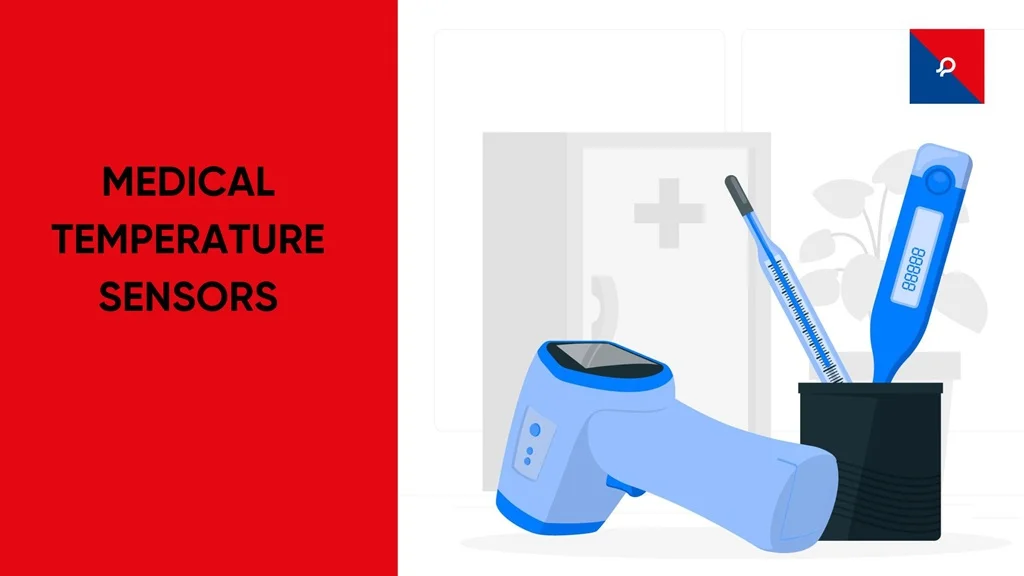
Tiny Tech, Big Impact: Inside the World of Medical Temperature Sensors
Discover how medical temperature sensors work, why they're crucial in healthcare, and how health sensors are transforming modern medical diagnostics. From wearable tech to high-precision devices, learn about the different types of temperature sensor medical devices used today.
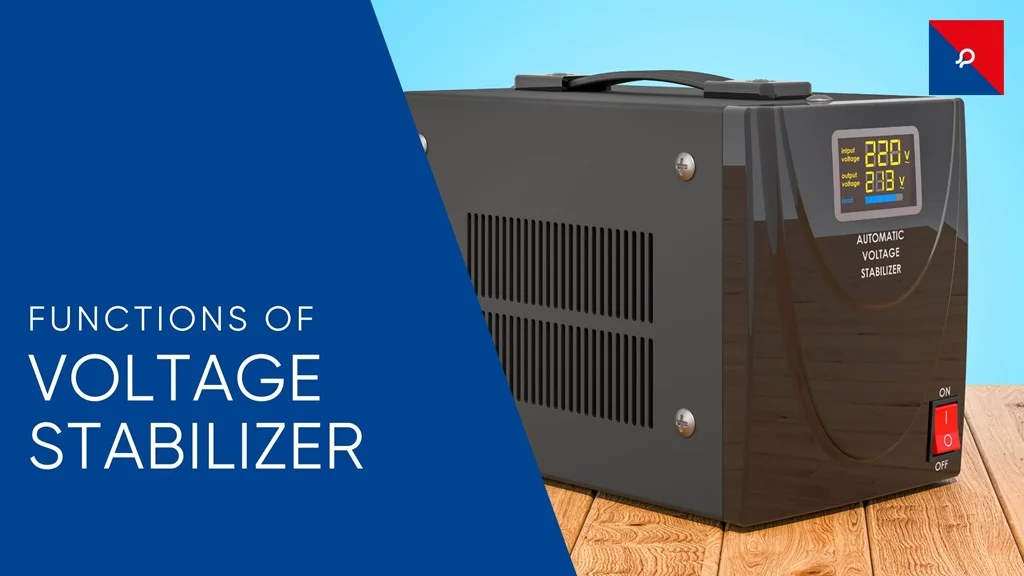
Voltage Stabilizer Function: Why It’s Essential for Appliance Safety
Understand how a voltage stabilizer protects appliances from power fluctuations, prevents electrical damage, and ensures long-lasting performance. Discover its key functions and why it’s vital for every home and business.
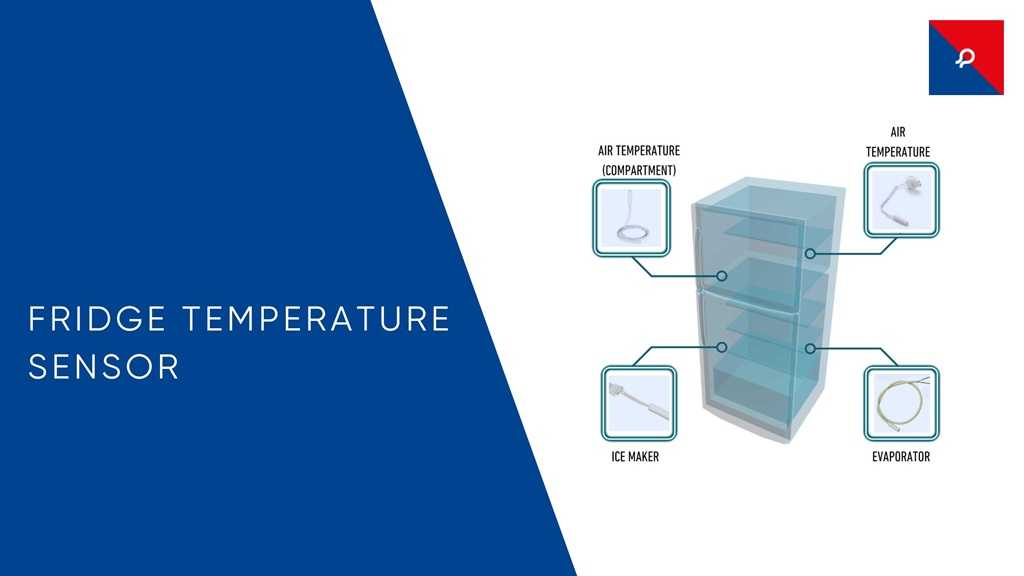
Understanding the Role of the Refrigerator Temperature Sensor- What It Does and Where It's Located
Discover how a refrigerator temperature sensor works to maintain ideal cooling. Learn about the fridge sensor and the temperature sensor used in refrigerators to improve efficiency and food safety.

NTC Thermistor Calculator: A Simple Guide to Understanding NTC Thermistor Calculation
Learn how to use an NTC thermistor calculator for accurate resistance and temperature calculations. Simplify your NTC thermistor calculations and improve efficiency with easy-to-follow steps and formulas.
